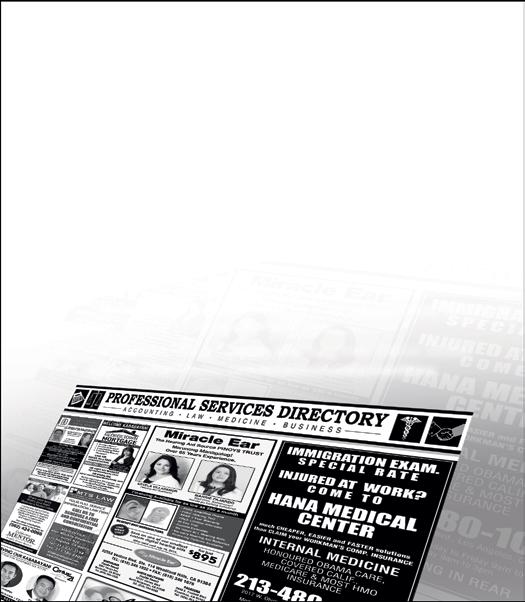
2 minute read
For uninsured people with cancer, securing care can be like spinning a roulette wheel
by Charlotte huff Kaiser Health News

Advertisement
EIGHTEEN months after April Adcox learned she had skin cancer, she finally returned to Charleston’s Medical University of South Carolina last May to seek treatment.
By then, the reddish area along her hairline had grown from a 2-inch circle to cover nearly her entire forehead. It oozed fluid and was painful.
“Honestly, I was just waiting on it to kill me, because I thought that’s what was going to have to happen,” said the 41-year-old mother of three, who lives in Easley, South Carolina.
Adcox had first met with physicians at the academic medical center in late 2020, after a biopsy diagnosed basal cell carcinoma. The operation to remove the cancer would require several physicians, she was told, including a neurosurgeon, because of how close it was to her brain.
But Adcox was uninsured.
She had lost her automotive plant job in the early days of the pandemic, and at the time of her diagnosis was equally panicked about the complex surgery and the prospect of a hefty bill. Instead of proceeding with treatment, she attempted to camouflage the expanding cancerous area for more than a year with hats and long bangs.
If Adcox had developed breast or cervical cancer, she likely would have qualified for insurance coverage under a federal law that extends Medicaid eligibility to lower-income patients diagnosed with those two malignancies. For female patients with other types of cancer, as well as pretty much all male patients, the options are scant, especially in South Carolina and the 11 other states that haven’t yet implemented Medicaid expansion, according to cancer physicians and health policy experts who study access to care.
In the face of potentially daunting bills, uninsured adults sometimes delay care, which can result in worse survival outcomes, research shows. The odds of patients getting insurance to help cover the cost of treatment play out a bit like a game of roulette, depending upon where they live and what type of cancer they have.
“It is very random — that’s, I think, the heartbreaking part about it,” said Dr. Evan Graboyes, a head and neck surgeon and one of Adcox’s physicians. “Whether you live or die from cancer shouldn’t really be related to what state you live in.”
The Affordable Care Act gave states the option to expand Medicaid eligibility and cover more people. Shortly after the law passed, just 2.6% of adults ages 18 to 64 with a new cancer diagnosis lacked insurance in Medicaid expansion states versus 7.8% in nonexpansion states, according to a study published in JAMA Oncology in 2018. Researchers at the
American Cancer Society, who conducted the analysis, estimate that about 30,000 uninsured people are diagnosed with cancer each year.
But in all states, lowerincome uninsured patients with breast or cervical cancer may have another route for coverage, even if they don’t otherwise qualify for Medicaid. Adults with cancer detected through the National Breast and Cervical Cancer Early Detection Program can enroll in Medicaid for the duration of their cancer treatment, as a result of advocacy efforts and federal legislation that started more than three decades ago.
In 2019, 43,549 breast and cervical cancer patients were enrolled, according to a Government Accountability Office report published in 2020.
“If you’re lucky to be diagnosed with breast or cervical cancer, you’re good,” said Dr. Fumiko Chino, u PAGE 10





